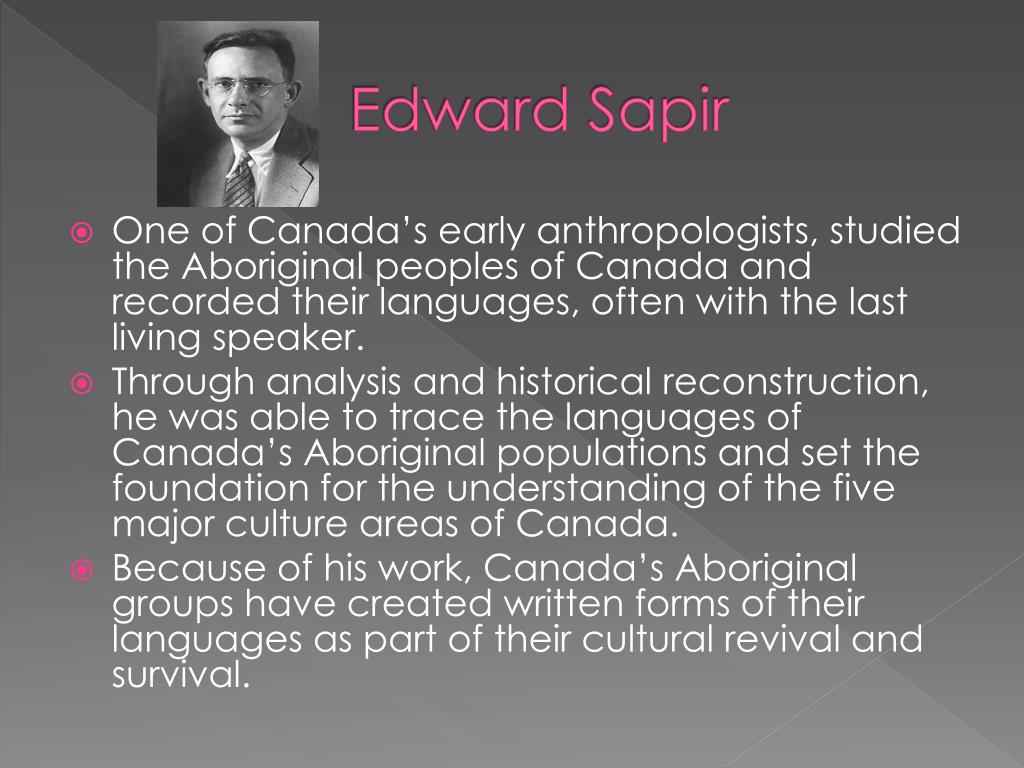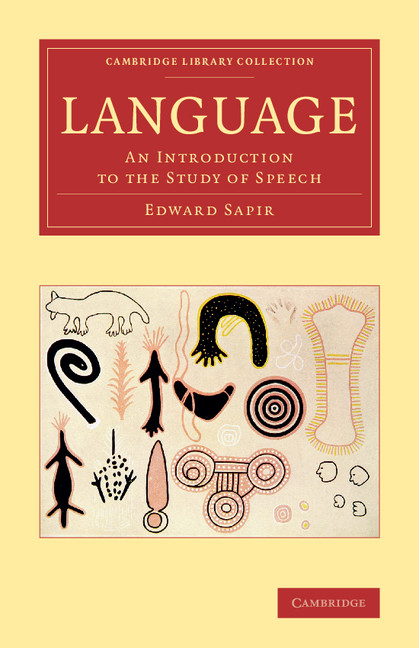
He was the first to produce evidence for the classification of the Algic, Uto-Aztecan, and Na-Dene languages.

In the 1929 edition of Encyclopædia Britannica he published what was then the most authoritative classification of Native American languages, and the first based on evidence from modern comparative linguistics. Sapir was the first to prove that the methods of comparative linguistics were equally valid when applied to indigenous languages. He played an important role in developing the modern concept of the phoneme, greatly advancing the understanding of phonology.īefore Sapir it was generally considered impossible to apply the methods of historical linguistics to languages of indigenous peoples because they were believed to be more primitive than the Indo-European languages. Īmong his major contributions to linguistics is his classification of Indigenous languages of the Americas, upon which he elaborated for most of his professional life. In anthropology Sapir is known as an early proponent of the importance of psychology to anthropology, maintaining that studying the nature of relationships between different individual personalities is important for the ways in which culture and society develop. This part of his thinking was developed by his student Benjamin Lee Whorf into the principle of linguistic relativity or the "Sapir–Whorf" hypothesis. Sapir studied the ways in which language and culture influence each other, and he was interested in the relation between linguistic differences, and differences in cultural world views. With his linguistic background, Sapir became the one student of Boas to develop most completely the relationship between linguistics and anthropology. Among his many students were the linguists Mary Haas and Morris Swadesh, and anthropologists such as Fred Eggan and Hortense Powdermaker. By the end of his life he was professor of anthropology at Yale. He was offered a professorship at the University of Chicago, and stayed for several years continuing to work for the professionalization of the discipline of linguistics. He was employed by the Geological Survey of Canada for fifteen years, where he came into his own as one of the most significant linguists in North America, the other being Leonard Bloomfield. he went to California to work with Alfred Kroeber documenting the indigenous languages there.

He studied Germanic linguistics at Columbia, where he came under the influence of Franz Boas, who inspired him to work on Native American languages.


His family emigrated to the United States of America when he was a child. Sapir was born in German Pomerania, in what is now northern Poland.


 0 kommentar(er)
0 kommentar(er)
